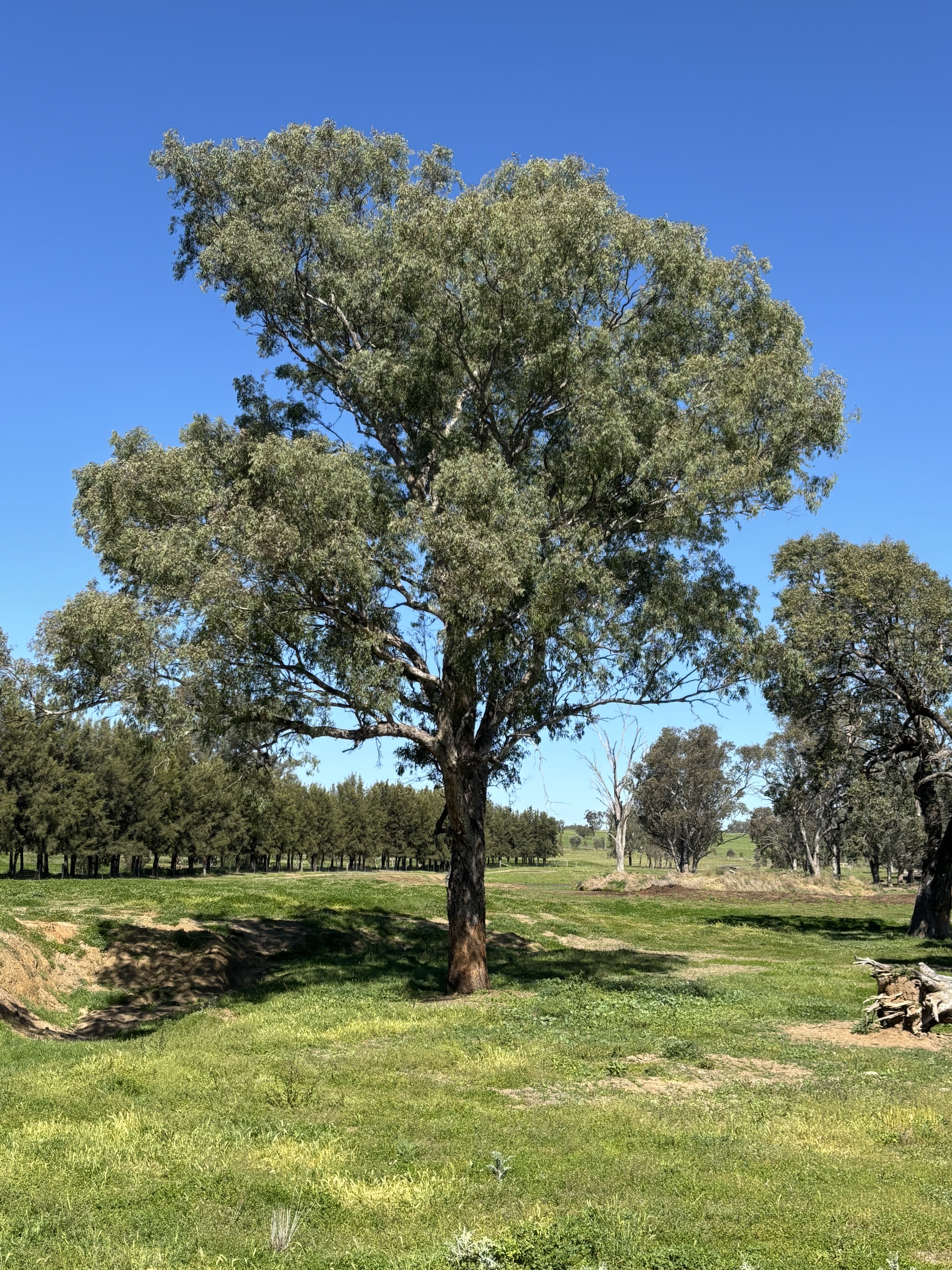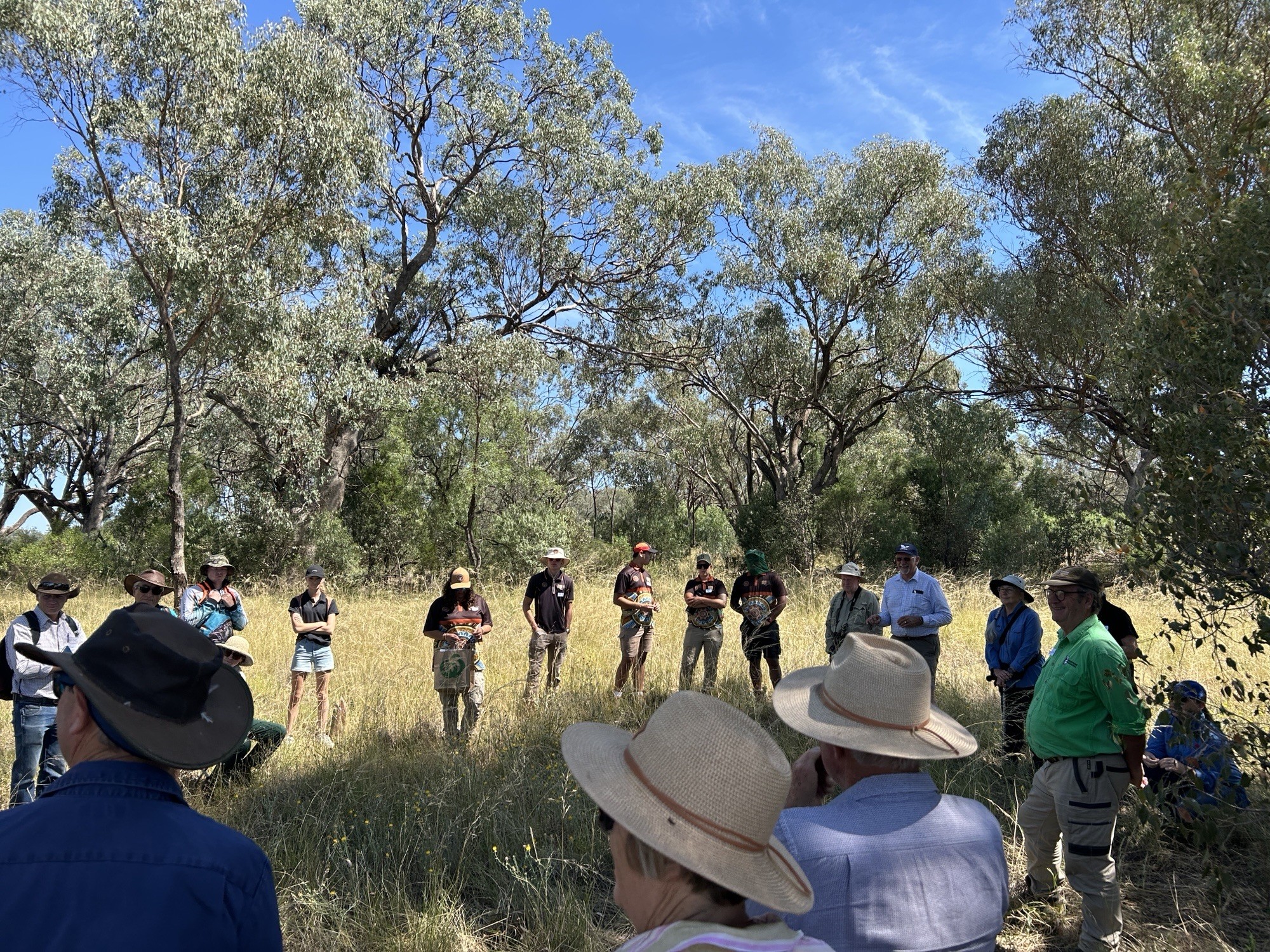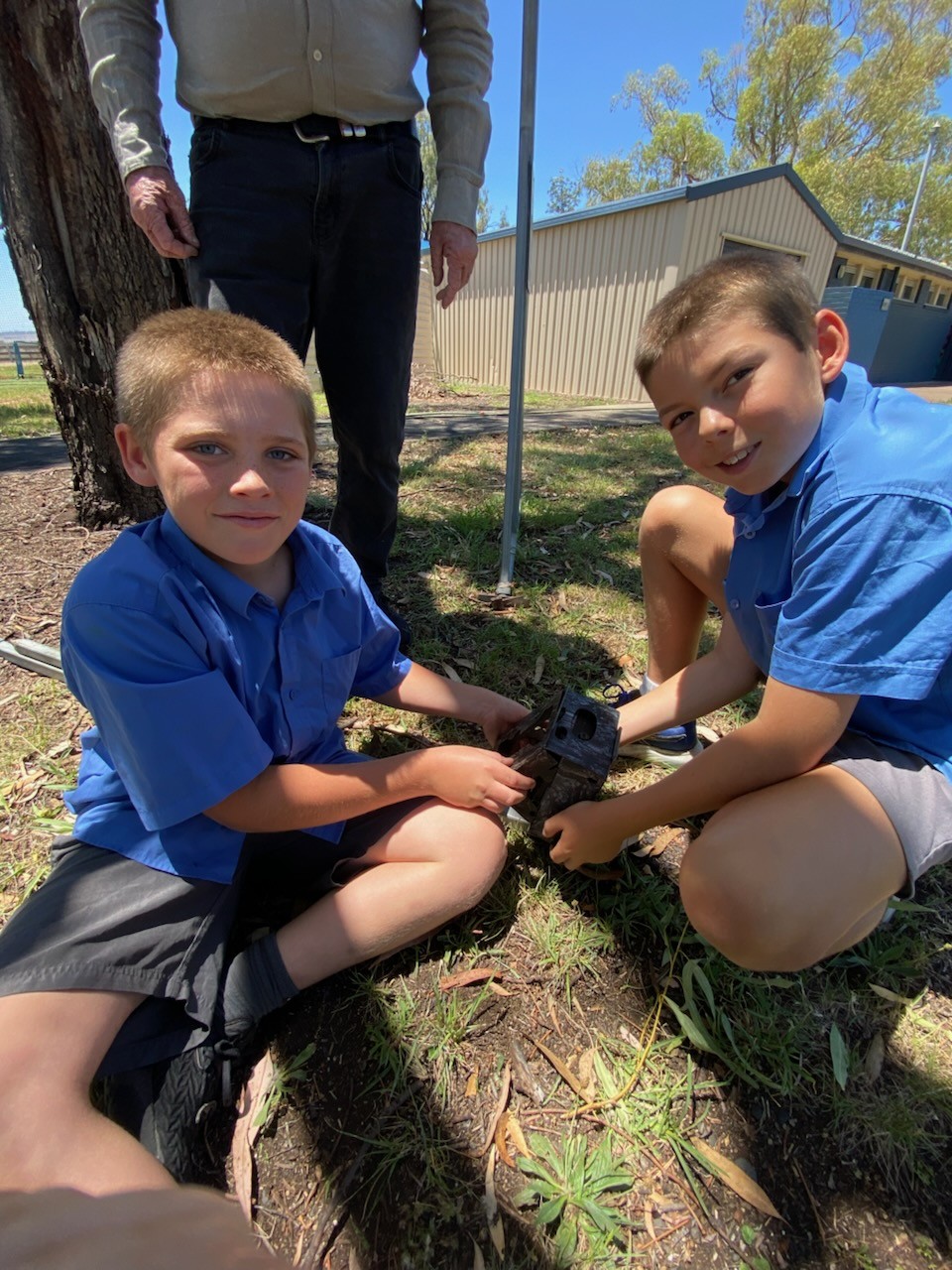Why Autumn is the Best Season for Planting Farm Trees: Plan Ahead for Success
Planting trees is a significant investment in the future health and productivity of farmland. Choosing the optimal planting season can greatly influence the success and growth of these trees. Insights from "A Practical Guide to Planting Tubestock Paddock Trees" by the Hovells Creek Landcare Group highlight the advantages of autumn planting over spring planting.
Advantages of Autumn Planting
Autumn planting offers several benefits:
-
Enhanced Root Establishment: Planting in autumn, after the first substantial rains, allows tubestock to develop robust root
systems during the cooler months. This early root growth equips trees to better withstand the heat and dryness of the following summer.
-
Improved Survival Rates: Field trials conducted by the Hovells Creek Landcare Group demonstrated that trees planted in
autumn had a 100% survival rate, compared to a 73% survival rate for those planted in spring. Additionally, autumn-planted trees exhibited
double the biomass after two growing seasons, indicating healthier and more vigorous growth. Hovells
Creek Landcare
-
Reduced Stress from Extreme Weather: Autumn's milder temperatures and increased soil moisture create a less stressful
environment for young trees, reducing the risk of heat stress and water scarcity that can occur with spring planting.
Challenges of Spring Planting
While spring planting is common, it presents certain challenges:
-
Exposure to Summer Heat: Trees planted in spring have less time to establish their root systems before facing the intense
heat and potential drought conditions of summer, increasing the risk of stress and mortality.
-
Increased Watering Needs: Spring-planted trees often require more frequent watering to survive the summer months, leading
to higher labor and resource demands.
Planning for Autumn Planting
Given the current date of November 21, 2024, in Tamworth, it's an ideal time to begin planning for autumn planting:
- Species Selection: Choose tree species that are well-suited to your local climate and soil conditions.
-
Site Preparation: Prepare planting sites by assessing soil health, ensuring proper drainage, and planning for protection
against pests and livestock.
-
Resource Allocation: Secure appropriate guards, and necessary materials well in advance to ensure a smooth planting
process.
By initiating these preparations now, landholders can take full advantage of the benefits that autumn planting offers, leading to healthier and more resilient paddock trees. If you are looking for inspiration why not call in to our Nursery at 300 Wallamore road to see our entire range of plants. Open Mon, Wed, Fri from 9-2pm.
If you are interested in reading the book it's available in PDF format below.





.png)
